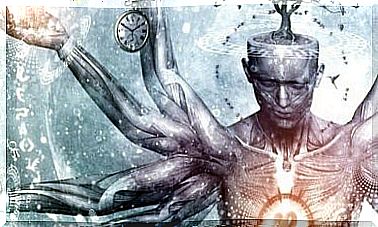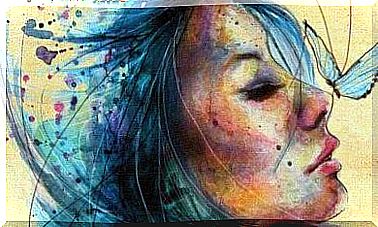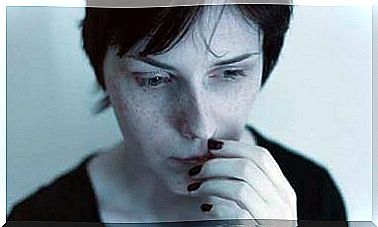Panic Attack And Social Misunderstanding

No one willingly chooses to experience a panic attack. Nobody invents these authentic fears that hinder, choke and take our breath away until we believe we are going to die. However, the social misunderstanding woven around these disorders further intensifies the feeling of anguish and, consequently, of loneliness on the part of those who suffer from them.
Anyone familiar with this topic will undoubtedly remember their first “baptism” with panic attacks. Leaving work, getting on the subway and suddenly hearing two people screaming in the middle of a conversation, you start to feel dizzy, confused and your heart races, uncontrolled, as if we were falling into nothingness, into a deep abyss.
It is estimated that nearly 10% of the world’s population has at one time suffered a panic attack. But the real problem is when this terrifying experience becomes recurrent and, what’s worse: unpredictable. The curious thing is that, despite being one of the most common psychological problems today, it is one of the most unknown.
A person suffering from a panic attack is neither weak nor psychotic, nor does he need our compassion. What this person deserves is understanding and, in the first place, seeing these distressed situations as something we can all experience at some point in our lives.

Panic Attack and the Lonely World of Fears
Sweating, dizziness, dry mouth, palpitations, nausea, shortness of breath… The panic attack comes suddenly, as if someone had pressed the red button, which in bad faith unleashes horror in its most authentic sense. We must also not forget that in addition to physical symptoms, these attributions are added where the person believes that he has truly lost control and that his life is in danger.
But what are we really afraid of when that happens? Sometimes it’s the fear of getting on a plane, it can be the large masses of people, the small spaces or even certain distorted perceptions about what happens in the body. Fears, even if unjustified, become authentic eaters of calm, balance and self-control.
It’s almost comforting to know that all of this has a very clear origin in our brain. Scientists call it the “fear network” and explain that people who often suffer from what the DSM-V defines as “anxiety attacks or panic disorders” have parts of their brains that are unusually active.

According to a study published in the journal “Molecular Psychiatry“, in the cingulo-frontal cortex there is a type of network that controls our perception of fear. It is in this area where dimensions such as interoception or self-perception of our body’s physiological condition are managed.
What does that mean? Basically, in this disorder, our fear mechanisms are “deregulated” to the point of generating authentic panic reactions, even when there is no real risk. This is something that we should take into account to understand this reality much better, which is far from meeting the wishes of those who have and suffer from this disorder.
It is possible to overcome it, but not alone: seek support
Many panic disorder patients prefer, if possible, to suffer their problem in silence. Even what is dormant, but latent, only needs a punctual trigger for the crisis to appear again. And she does, without a doubt. The demons of fear arise to mingle with the perplexity and incomprehension of those around us and therefore the problem is further intensified.
We have to step forward, seek support. We have to realize that panic disorders can be associated with diseases such as hyperthyroidism, hyperparathyroidism, pheochromocytoma, vestibular dysfunction or seizure.
However, in those cases where there is no underlying disease, it is possible to combine pharmacological treatment with psychotherapy. While drugs restore our brain serotonin levels, approaches such as cognitive-behavioral therapy (CBT), for example, can help us with both panic attacks and generalized anxiety disorders.

The essential in these cases is to enable the person to observe, understand and control their physical sensations, at the same time as we offer tools for them to be aware of these thoughts present in episodes of intense anguish.
But we know that this entire process is far from easy or short, and while techniques such as interoceptive exposure or progressive relaxation training are always essential in these disorders, support from family and friends is also essential.
Because, believe it or not, panic attack remains today a topic full of false beliefs. No one ends up going crazy as they suffer more attacks of anxiety. Nor is it a problem associated exclusively with the female gender, nor is it a disease that can only be cured with medication.
It is necessary to change certain patterns and be closer and more sensitive to these types of dimensions. Because at the end of the day, mental illnesses are treatable, but many social prejudices these days are still incurable.









